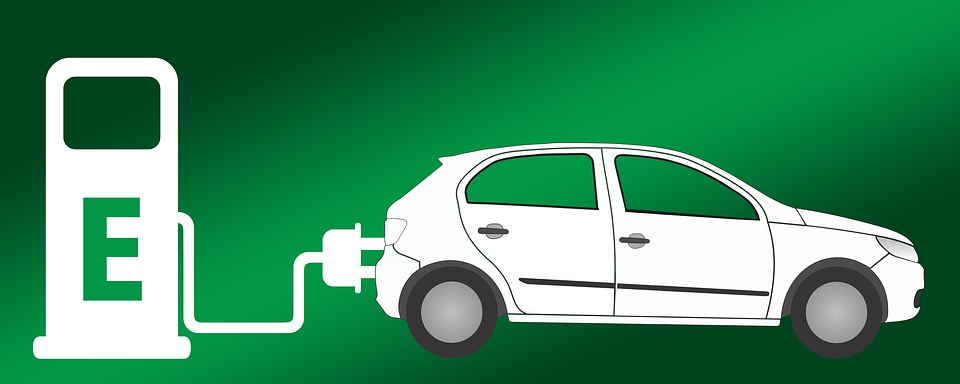Charging an electric car is as easy as charging any of your electrical appliances – simply plug it in.
Electric cars can be charged inside or outside, and in any weather, provided that all equipment is designed for use in New Zealand. Electric vehicles can be easily charged at home, or at public charging stations. According to Energywise.govt.nz, charging an EV at home overnight is the equivalent of buying petrol at just 30c per litre – this is estimated from a residential off-peak charge rate, and some power companies offer special rates for electric vehicle owners.
Charging at Home:
A portable charging cable that plugs into a standard household power point is usually supplied with your electric vehicle upon purchase. This can be called an in-cable control and protection device (IC-CPD).
There are also wall-mounted AC charging units, which are ideal to have installed at home or work. These charging units provide more safety than regular charging cables and can also charge electric cars faster, whilst being easier on the battery than fast (DC) charging.
Some charging devices even have timers, making off-peak charging simple. Some allow you to control charging with a smartphone.
Public Charging:
There are two types of public charging stations: fast charging (DC) and slow charging (AC). Websites or apps can help find the location of public charging stations.
Fast Charging:
Fast chargers enable you to quickly charge your Electric Vehicle battery capacity in one go and can add an impressive 100km of range to an EV battery in just 20-30 minutes. They generally cost $10 per 100km. ChargeNet and Chargemaster are several companies installing fast-charging stations in New Zealand. To access a fast-charging network, you generally need to create an account first online. Somme fast charger are free to use.
Fast charging stations all have CHAdeMO and or CCS Type 2 cables, so you do not need to bring your own. It is also useful to note that the last 20% of the battery of an electric vehicle takes longer to charge, hence why fast chargers have an option to charge only to 80%. It is also better for your EV battery to fast charge only occasionally vs frequently. Lastly, pure Electric vehicles can fast charge, but a lot of plug-in hybrid EVs cannot fast charge.
Slow Charging:
Slow charging, as the name suggests, is a slower way to charge your electric vehicle. This type of charging enables you do something else whilst your EV charges. These chargers are frequently found at shops, hotels and tourist attractions. This type of charging is generally free and can take several hours, and you typically need to bring your own supply lead to use these chargers.

